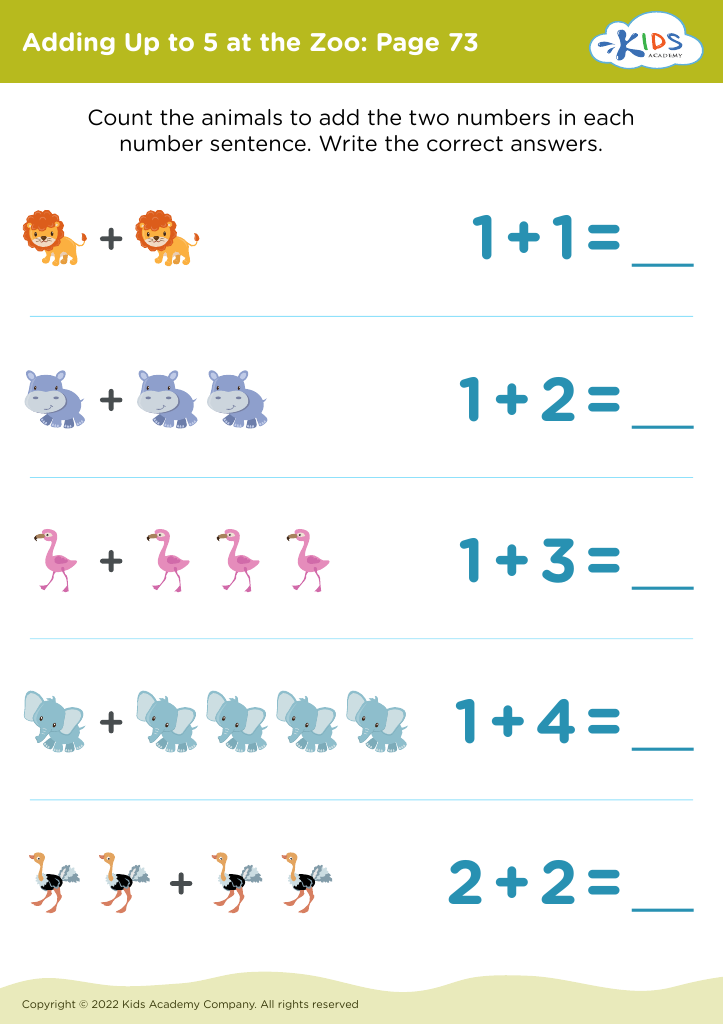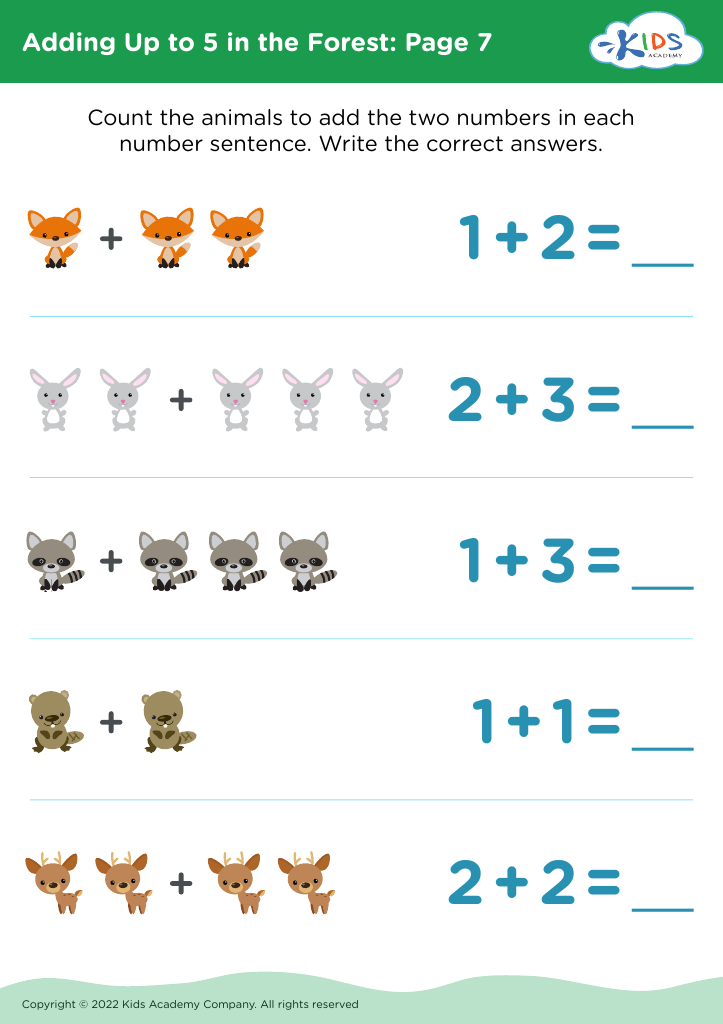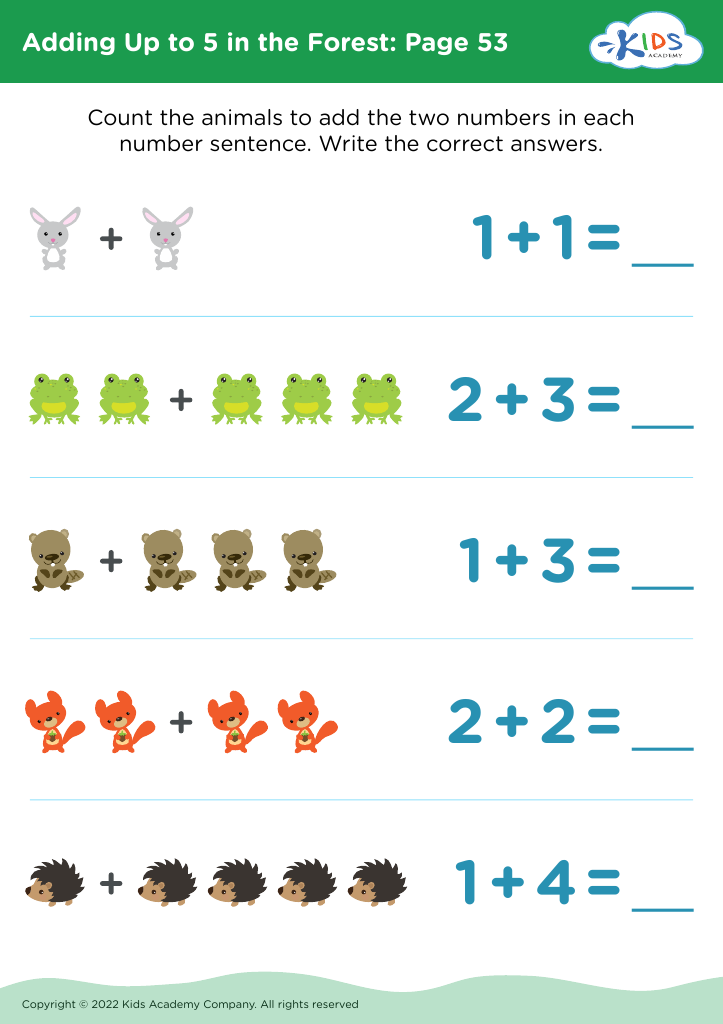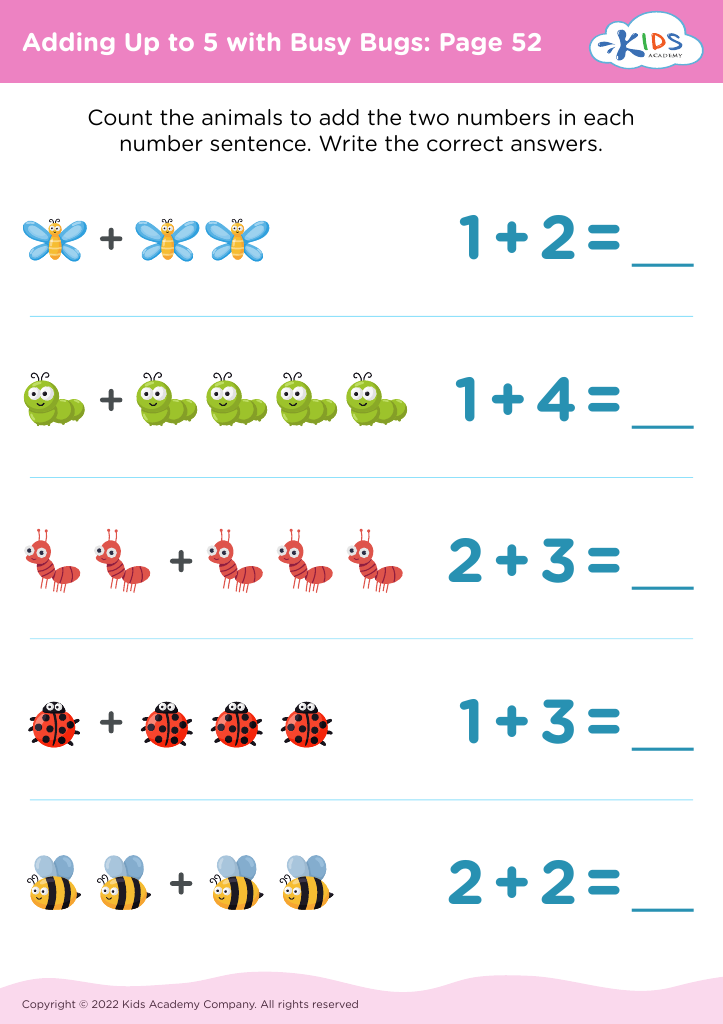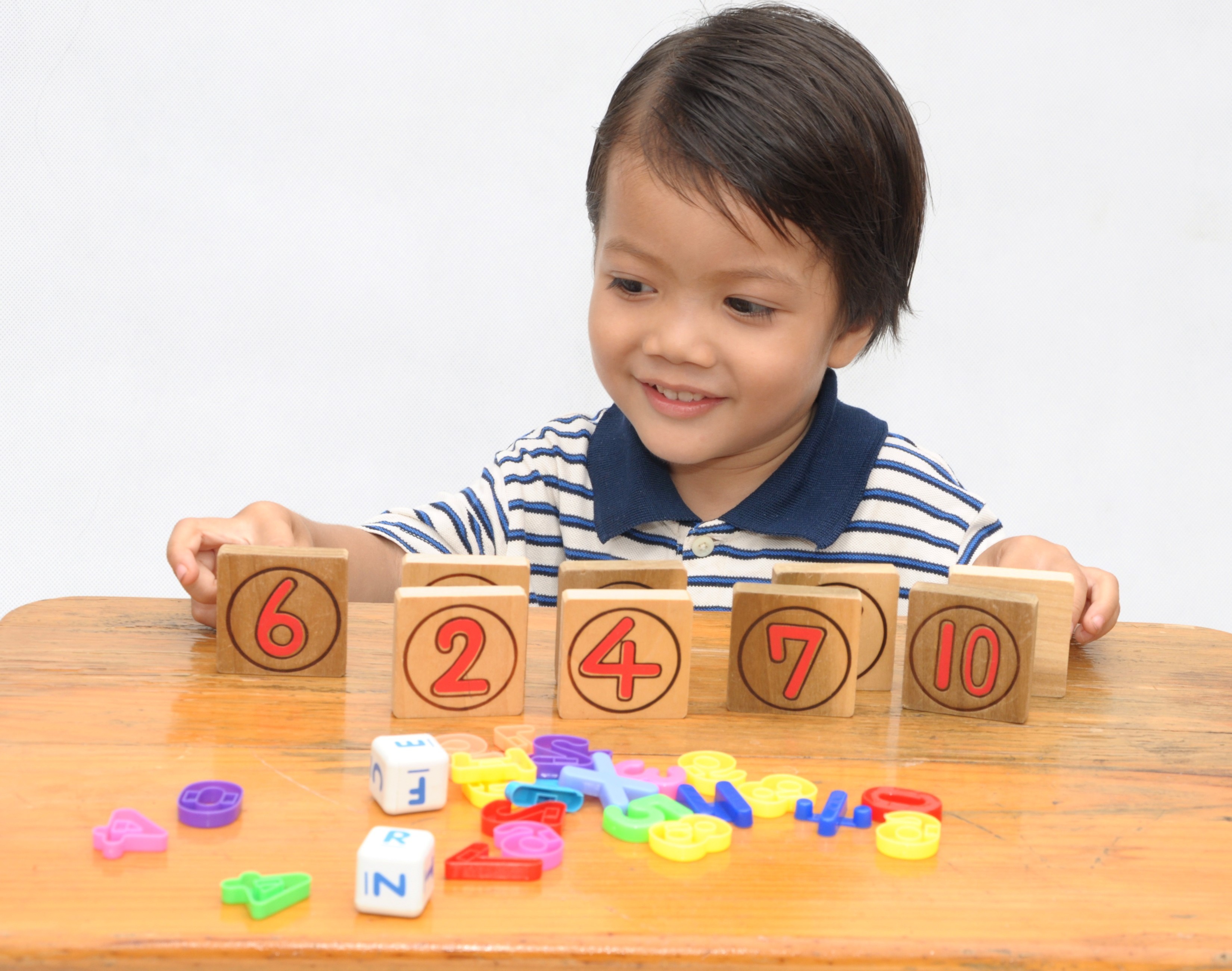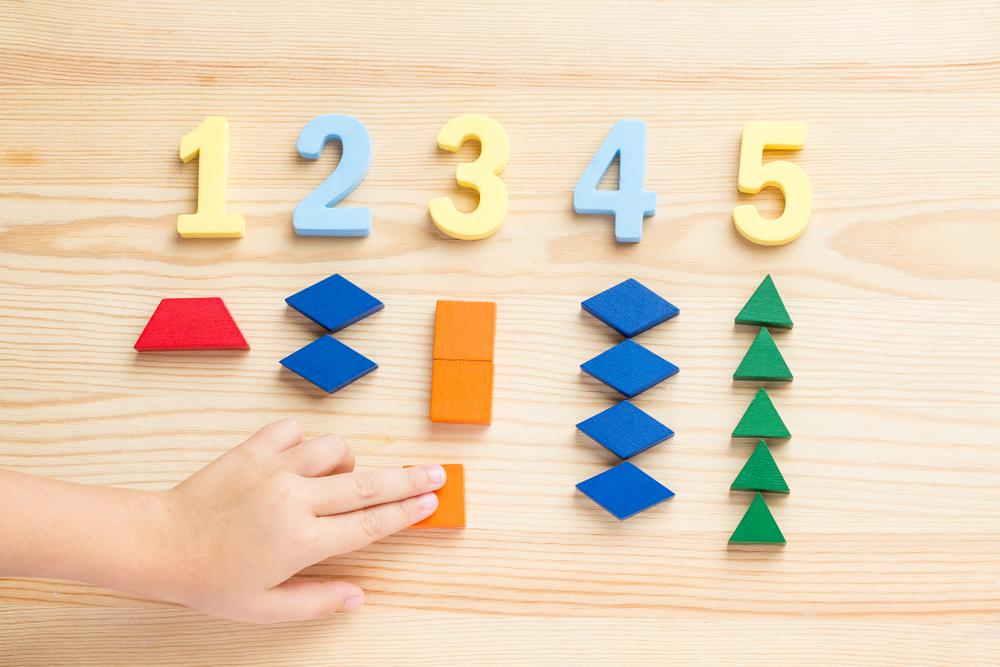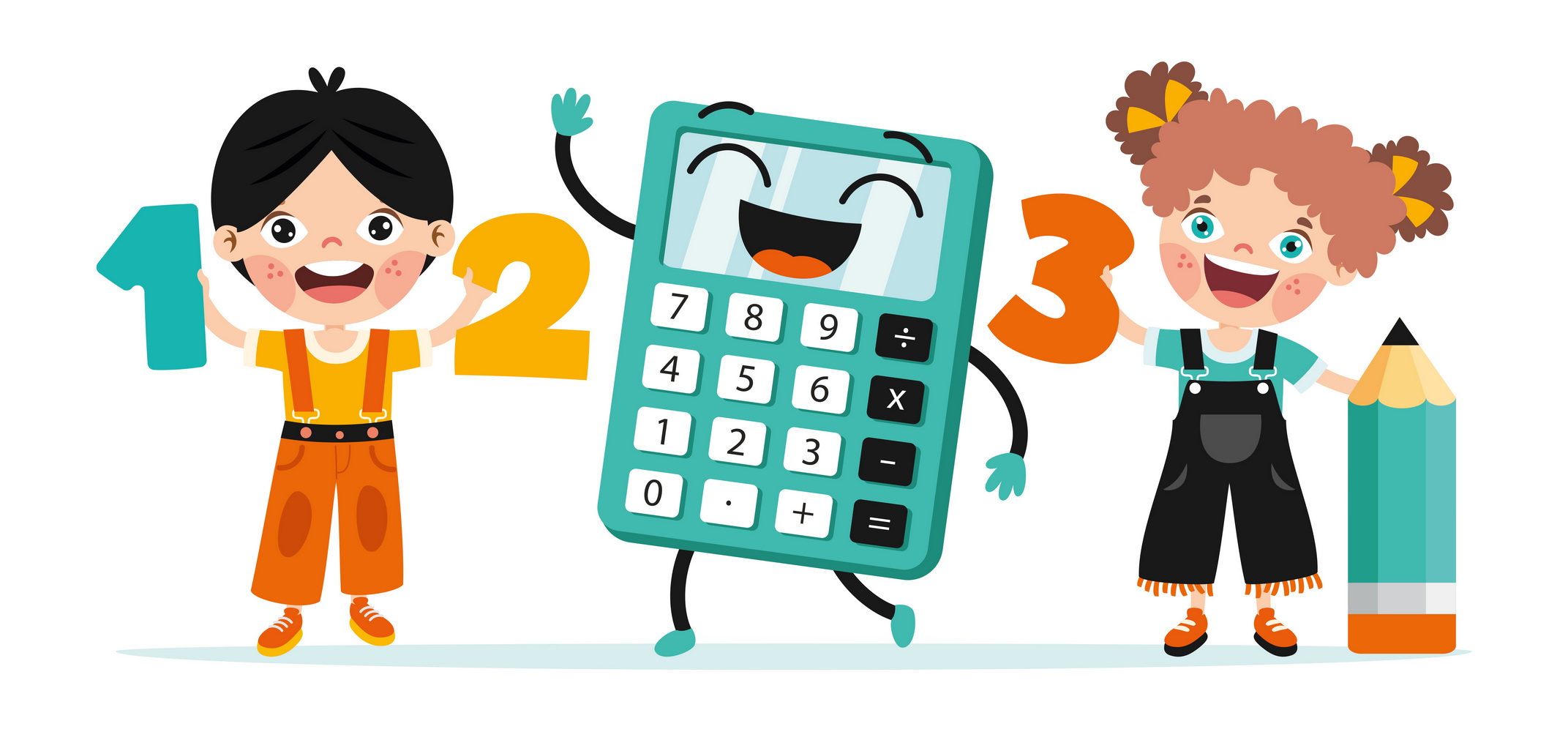Visual comprehension Addition & Subtraction Worksheets for Ages 5-8
7 filtered results
-
From - To
Welcome to our Visual Comprehension Addition & Subtraction Worksheets, designed specifically for children aged 5 to 8! These engaging worksheets help young learners develop essential math skills through fun visuals and interactive activities. By incorporating images and illustrations, children can grasp the concepts of addition and subtraction more easily. Our resources not only enhance numerical understanding but also promote critical thinking and problem-solving skills. Perfect for home or classroom use, these worksheets make learning mathematics enjoyable and effective. Explore our collection now to support your child’s journey towards mastering basic arithmetic in a visually stimulating way!
Visual comprehension in addition and subtraction is crucial for children aged 5 to 8 as it lays the foundation for mathematical understanding. At this developmental stage, children are beginning to grasp abstract concepts, and visual aids can significantly enhance their learning experiences. Visual tools like number lines, counting blocks, and visual representations enable students to concretely see how numbers relate to one another, making the concepts of addition and subtraction more accessible.
Engaging with visual comprehension promotes critical thinking and problem-solving skills. It allows children to visualize problems, predict outcomes, and confirm results, fostering a deeper understanding of mathematical principles. Furthermore, it helps build confidence; when students can see their thought processes represented visually, they feel more assured in tackling complex problems.
For teachers and parents, prioritizing visual comprehension means supporting children's cognitive development. It aids in recognizing potential gaps in understanding, allowing for timely intervention and guidance. Involving visual strategies not only nurtures academic skills but also makes learning interactive and enjoyable, encouraging a genuine love for math. When children develop strong foundational skills in visual comprehension, they are better prepared to advance to more challenging concepts, ensuring long-term success in mathematics.
